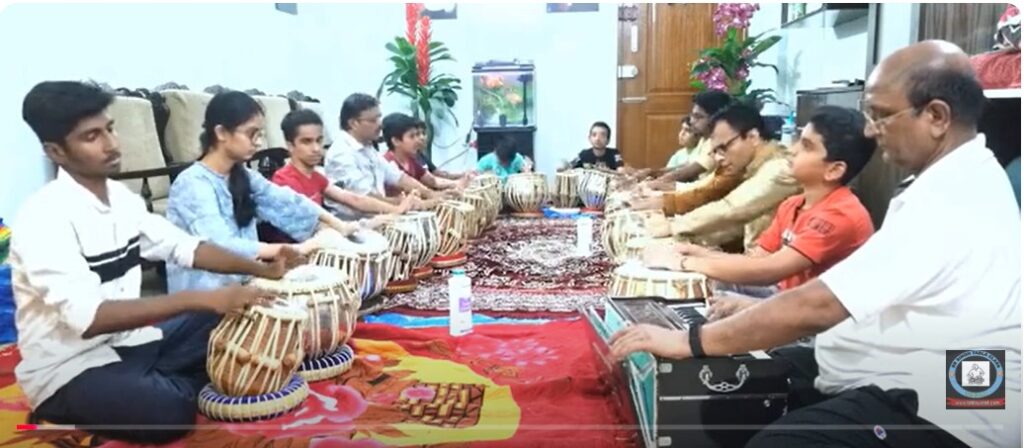,Banaras Gharana Tite Kayda in 16 BeatsTodays, in this blog we will learn about “Banaras Gharana Teen Taal Tite Kayda tutorial” BANARAS GHARANA TEEN TAAL TITE KAYDA The Banaras Gharana is one of the prominent schools or traditions (gharanas) in the realm of North Indian classical music, particularly in the context of tabla playing. Each gharana has its distinctive style, repertoire, and approach to playing the tabla. The Banaras Gharana, rooted in the city of Varanasi (also known as Banaras), has produced several renowned tabla maestros known for their intricate and dynamic playing
Interdusing-Banaras Gharana and the Timeless Art of Tite Kayda 🎶
When it comes to the tabla, few gharanas (schools) evoke the richness and depth of tradition like the Banaras Gharana. Known for its blend of robust, resonant strokes and lyrical compositions, the Banaras Gharana is a treasure trove of unique styles and techniques. Among its many jewels, the Tite Kayda stands out as an essential rhythmic composition that exemplifies the gharana’s character. In this blog, we’ll unravel the beauty of Tite Kayda, its significance, and its place within the Banaras Gharana legacy.
The Banaras Gharana: A Rhythmic Legacy
The Banaras Gharana originated in the holy city of Varanasi (Banaras), a cultural hub where music, spirituality, and artistry flourish. Established in the 18th century, it was pioneered by Pandit Ram Sahai, a maestro who revolutionized tabla playing with a focus on bold, clear tones and improvisational freedom.
Unlike other gharanas, Banaras emphasizes rhythmic symmetry and clarity, making its compositions ideal for solo performances and accompaniment alike. The Tite Kayda is a prime example of this precision and creativity.
What is a Kayda?
A Kayda is a foundational composition in tabla, serving as a blueprint for practice and improvisation. Originating from the Persian word for “rule” or “method,” a kayda outlines a rhythmic theme that tabla players expand upon using paltas (variations). Kaydas are essential for developing technical skill, creativity, and a deep understanding of rhythm.
The Role of Tite Kayda
The Tite Kayda is a classic composition from the Banaras Gharana, showcasing its distinctive tonal balance and rhythmic intricacy. The name “Tite” refers to the recurring bols (syllables) Ti Te in its structure, which form the backbone of its melodic flow.
Tite Kayda: Structure and Breakdown
The Tite Kayda follows a 16-beat cycle (Teentaal), a staple in Indian classical music. Its bols create a rhythmic interplay between clarity and resonance, a hallmark of the Banaras Gharana.
Basic Structure:
Theme (Mukhda): Dha Ti Te | Dha Ti Te | Dha Dha Tun Na | Ti Te Ti Te
Breakdown:
- Dha: A bold stroke on the right-hand drum (dayan).
- Ti Te: Crisp, alternating strokes on both drums.
- Tun Na: Resonant and open strokes adding depth to the composition.
This kayda balances simplicity with scope for intricate improvisation, making it a favorite for advanced tabla players.
Exploring Variations: Paltas in Tite Kayda
Tabla players add paltas to the Tite Kayda by rearranging or extending its bols while maintaining the rhythmic framework. Here’s an example of a variation:
Palta Example:
Dha Ti Te | Ti Te Dha | Dha Dha Tun Na | Ti Te Ti Te
Each variation challenges the player to explore new rhythmic dimensions while staying true to the essence of the kayda.
Famous Performances of Tite Kayda
Several tabla maestros from the Banaras Gharana have elevated the Tite Kayda into a fine art. Notable performances include:
- Pandit Kishan Maharaj: A legendary tabla maestro known for his dynamic and intricate renditions of Banaras compositions, including the Tite Kayda.
- Pandit Samta Prasad (Gudai Maharaj): Revered for his powerful strokes and fluid improvisations, his interpretations of Tite Kayda remain benchmarks for tabla players worldwide.
Watch a Tite Kayda performance by a Banaras Gharana artist here: (Embed video link).
Why Tite Kayda Stands Out
- Clarity and Symmetry: The bols of Tite Kayda are structured to emphasize tonal clarity, a hallmark of Banaras Gharana.
- Versatility: Its simplicity makes it ideal for practice, while its scope for improvisation makes it a canvas for artistic expression.
- Cultural Significance: The Tite Kayda reflects the spiritual depth of Banaras, blending rhythm and melody into a meditative experience.
Interactive Section: Try Tite Kayda Yourself!
Quiz:
Q: What is the recurring bol in Tite Kayda?
- a) Dha Ge
- b) Ti Te
- c) Dha Tun
- d) Na Ti
(Answer: b) Ti Te
Poll:
Which gharana do you find most intriguing?
- Banaras Gharana
- Delhi Gharana
- Ajrada Gharana
- Farukhabad Gharana
Learn and Explore
If this blog inspires you to delve deeper into the world of tabla, here are some helpful resources:
Conclusion
The Tite Kayda from the Banaras Gharana isn’t just a rhythmic exercise—it’s a gateway to the soul of Indian classical percussion. By mastering this kayda, tabla players develop not only technical prowess but also a profound connection to the Banaras tradition.
Whether you’re a tabla enthusiast or a curious learner, the Tite Kayda is an essential step in exploring the boundless world of rhythm. Start tapping your fingers, and who knows—you might just hear the echoes of Banaras in your beats!
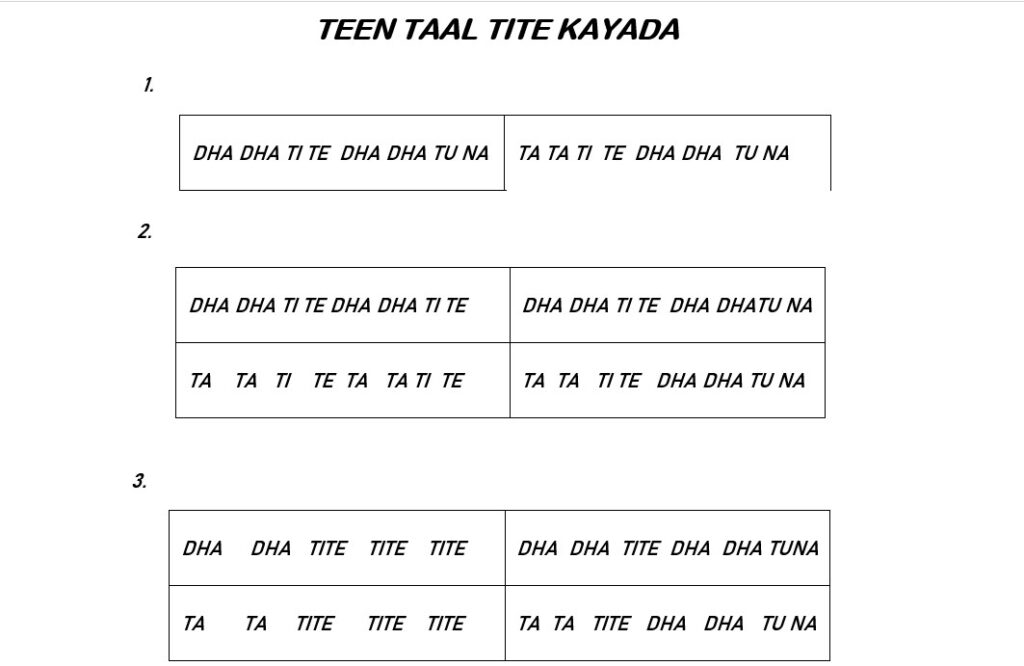
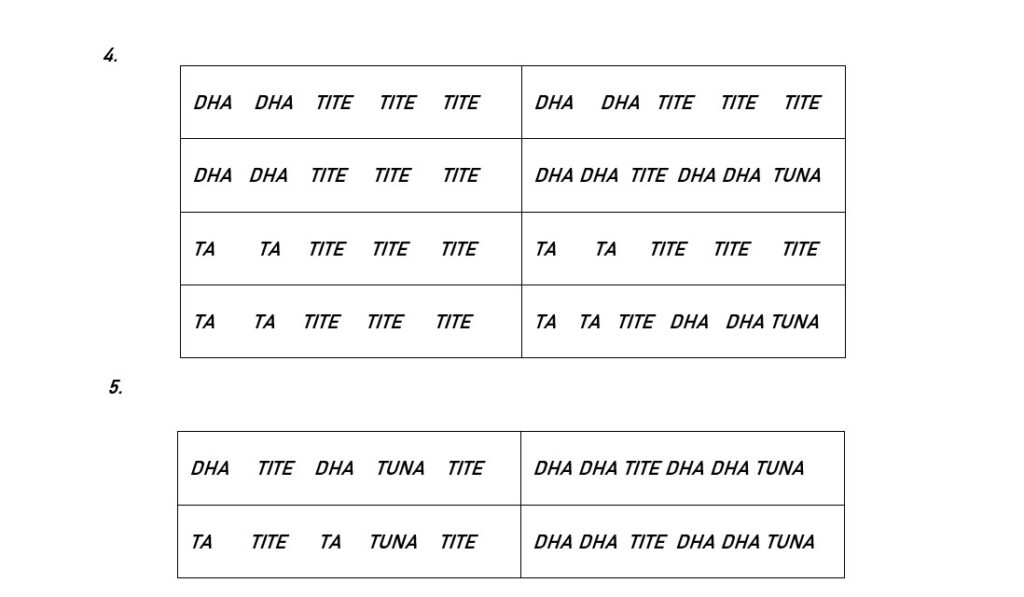
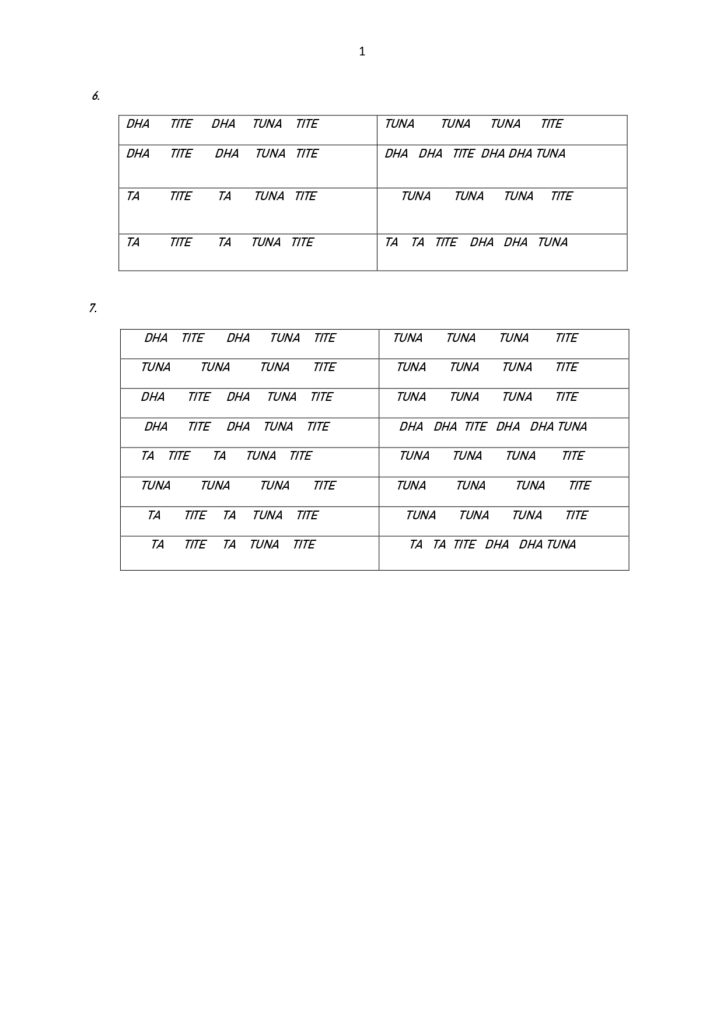
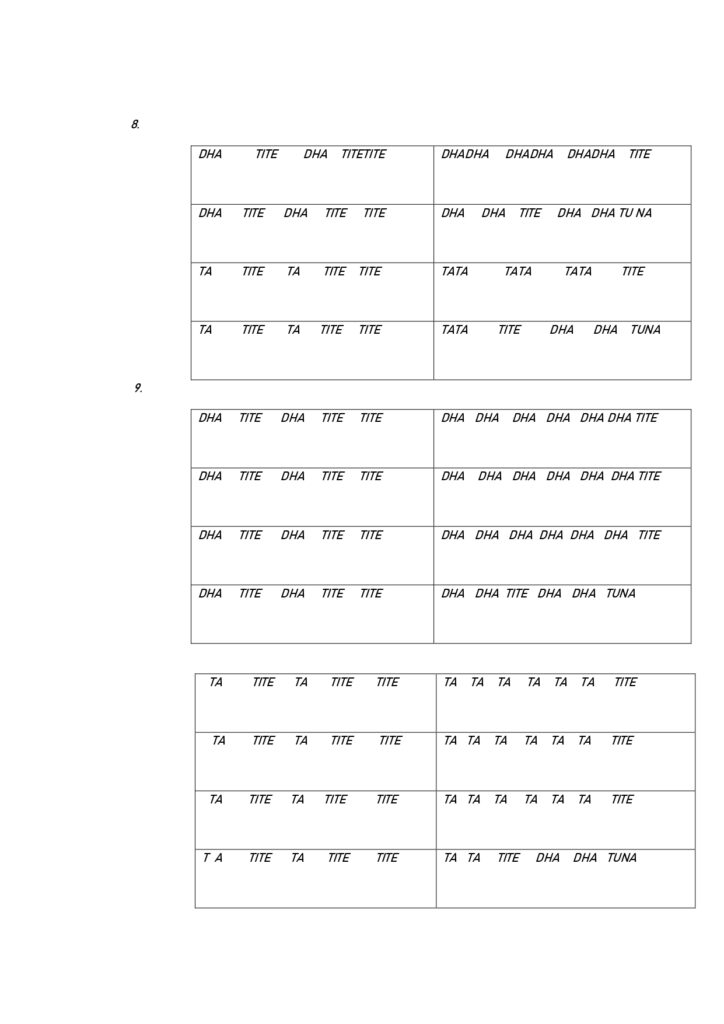
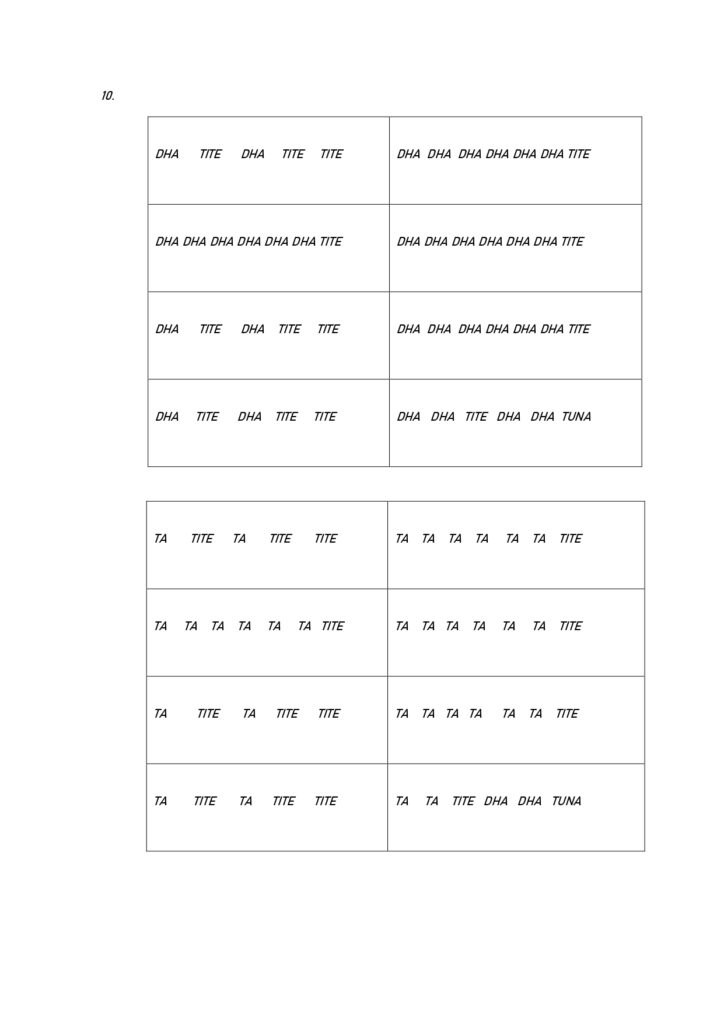
https://www.facebook.com/sbsinghtablaguru
